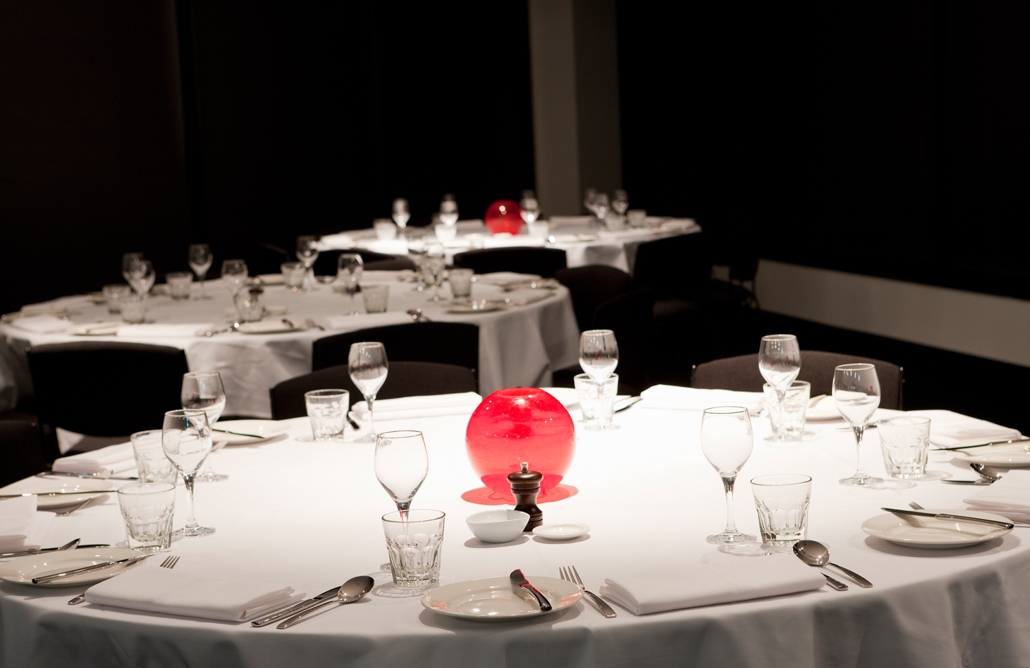An effective communications toolkit is very useful especially for small businesses. It is a collection of all your essential business communications components.
The effectiveness of your communications kit is dependent upon how well you put into actions every statement that you release.
Follow these simple steps to work out your communications kit
Step 1
Clearly state a brief summary of your business’ strengths. Simplify your words and be truthful with your claims. Emphasize your edge over the other business in your industry. Believe in your own capacity and let them know that. Be bold in stating the facts without coming out as arrogant.
Step 2
Revisit your mission and your vision and craft a very smart statement representing those ideals. This will help you deliver your message in a professional and extraordinary fashion.
Step 3
Rehearse your standard brief statements that you could embed during a casual conversation. Make it brief, something that can be delivered in as short as 2 minutes. Make every word count because time is of the essence. So include your values and goals in those statements. Make sure to never cease practicing on your delivery to make it sound spontaneous and genuine. The goal here is to deliver a clear message with enough contexts to attract your prospect to meet with you for further details.
Step 4
Make a portfolio of your past projects and pick the best of them. Include a few relevant details about those projects for the clients’ perusal. Be concise and business-like with your statements.
Step 5
With the portfolio of your best projects from the past, make sure to include visual presentations of its important phases. With the technology we have now, you could readily make vivid and lively presentations of your documentations.
Step 6
Bring all these things together and place it in any of your filing method. You have already one of the best tools available for small businesses. You may now start getting ready for any proposal that you will be performing to any prospective clients. You can now easily package your business and deliver the entirety of your business’ mission, vision and goals in to brief and concise statements. Use your communications toolkit to its optimum benefits. You can have it as the basis of how your website might look, or how your printed materials should be arranged.
You know your business well more than anybody else; only you could tell how it should be presented in a way that you want it to be presented. Start putting things into action. Use your communications toolkit to project the image of your business.










